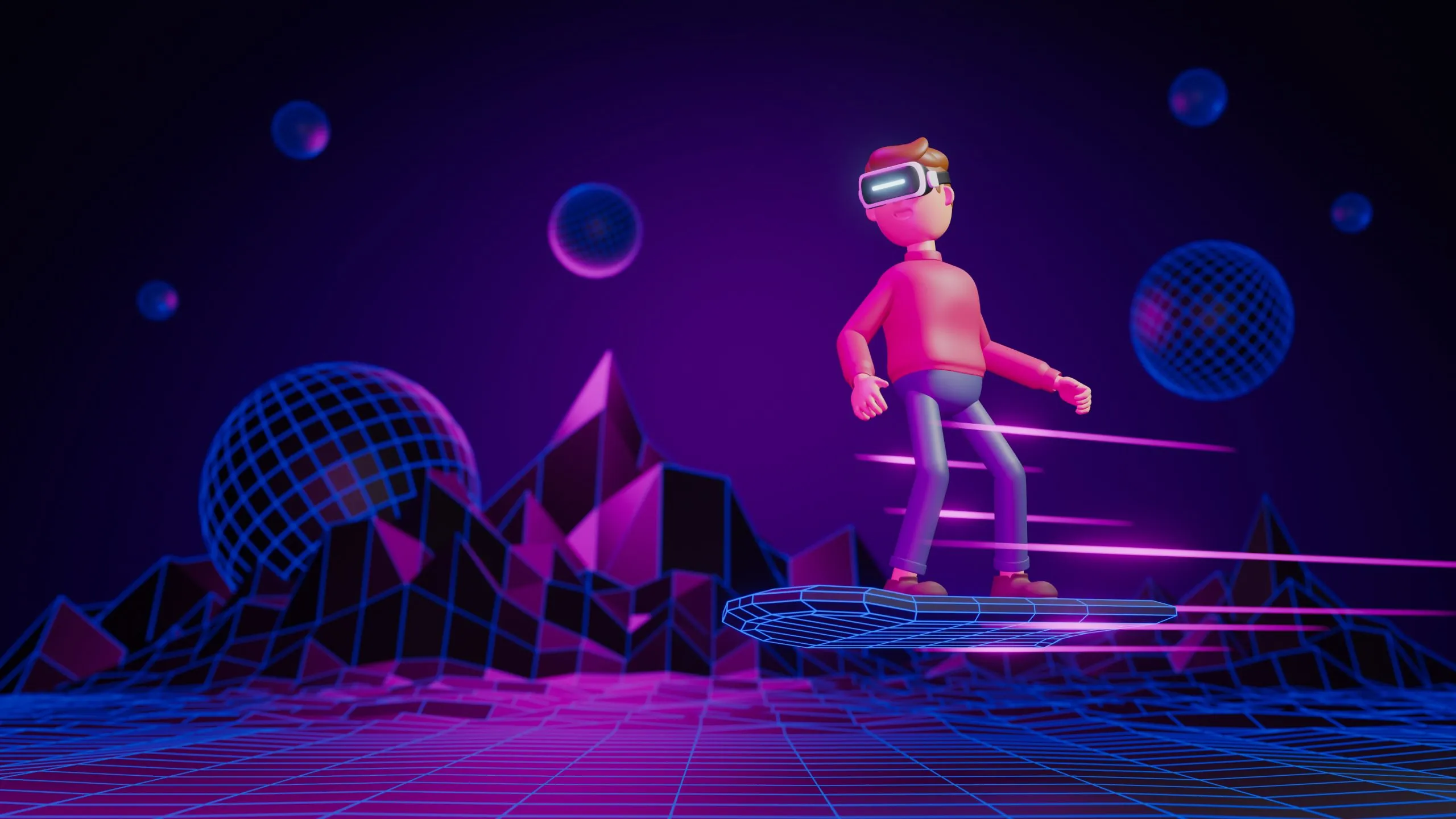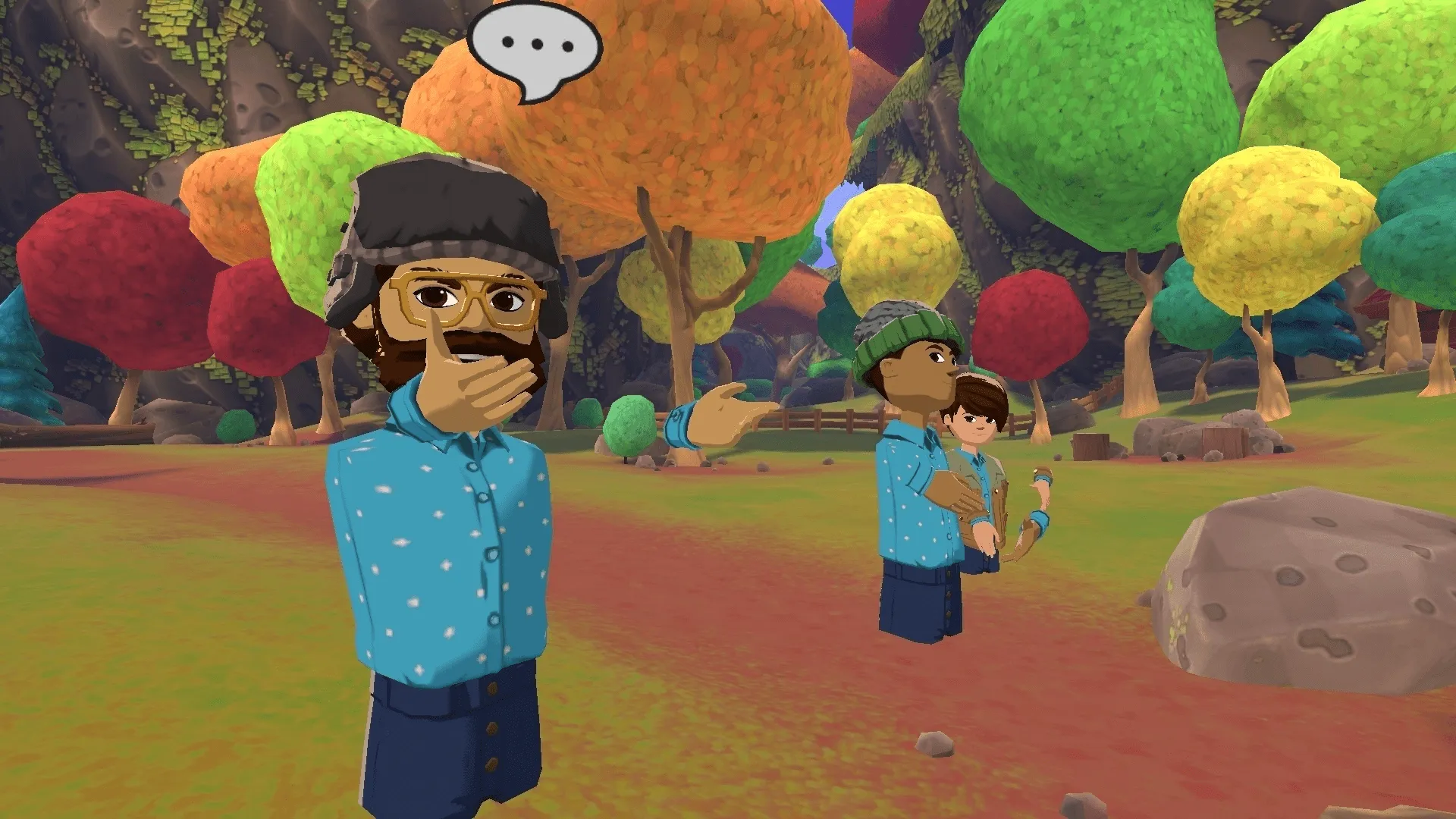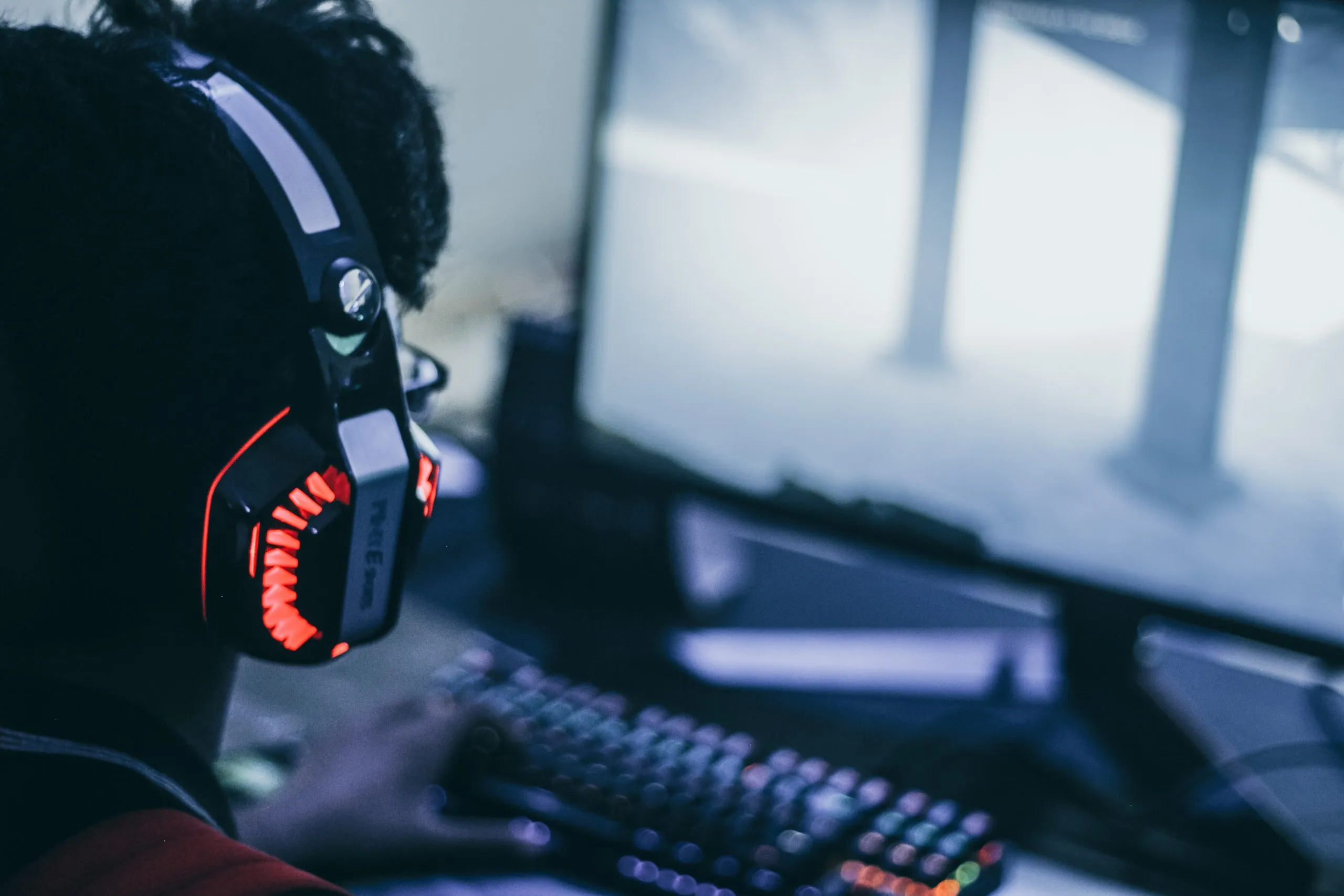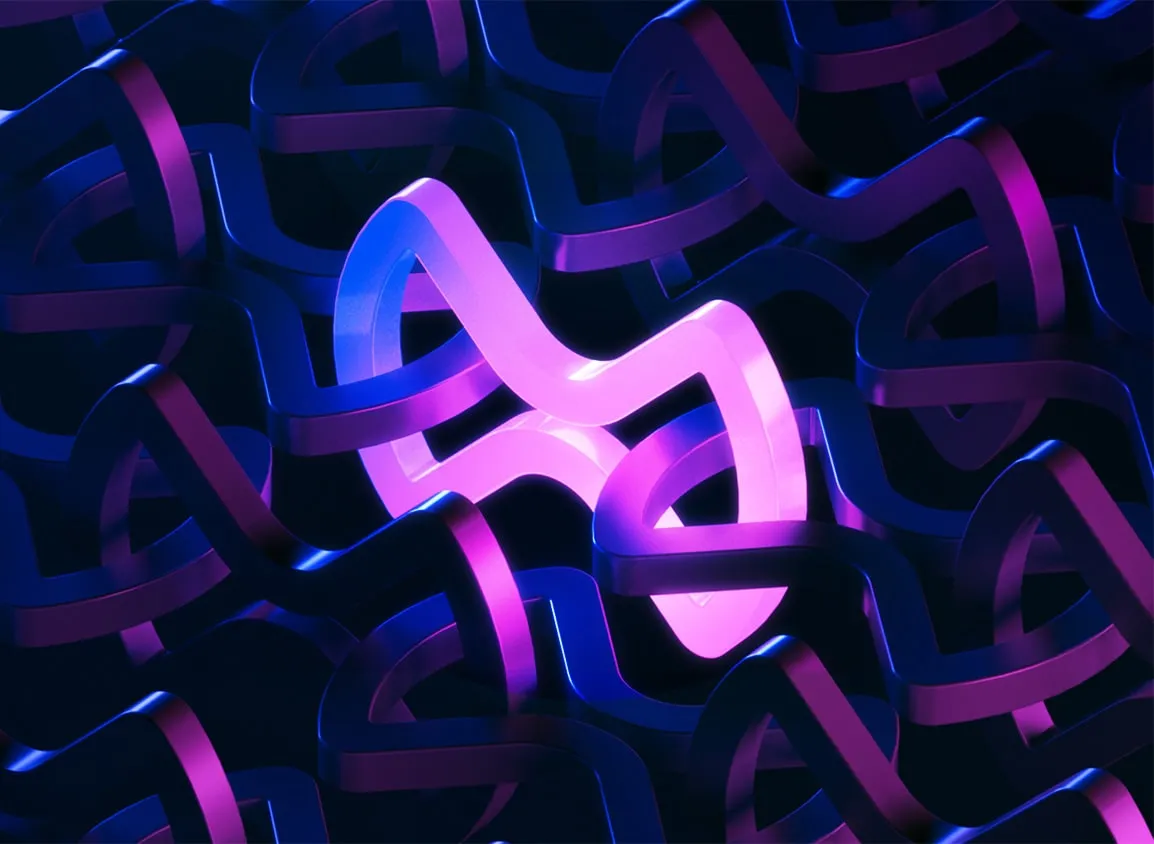Gamification of the Metaverse: A New Era for Ownership & Interaction

The gaming industry is about to level up, as blockchain capabilities transform games forever. Kaj Leroy, co-founder of XPUNKS and onXRP, joined CXR.Agency Agencies General Manager, Lucky Gobindram, in a serene and colorful campsite to discuss exactly how NFTs will impact the gaming industry. Tech enthusiasts from all over the world, represented by their customized avatars, welcomed one another before the discussion began.
Fortnite and Roblox are free to play, and yet they earn billions of dollars per year. How is this possible? The secret is microtransactions. For example, gamers pay a small fee to dress their avatars in unique clothing. Currently these items are purchased with in-game currency, but more games are proving the utility of minting these items as NFTs. One advantage is users can transfer their NFT items between games when the games are built on the same underlying blockchain. Blockchain allows gamers to dress based on how they’re feeling, not what they’re playing.
Kaj adds an apt analogy: right now, gamers are like sheep in a pen. There’s currently no way to hop over the fences, or to transfer assets from game to game. Kaj’s solution? “To connect everything using bridges.” Development teams around the world can connect these bridges, forging a “Layer-2 Metaverse,” through services such as Multichain. These bridges are the real infrastructure of the gaming metaverse, and they will reward devoted gamers with a sense of continuity between their favorite games.

Not all developers share the goal of building a connected metaverse for the good of gamers – as in most industries, there are those who abuse NFT hype strictly to make money. To convince skeptics that NFTs have valuable utility in the gaming world, Kaj wants to set an industry standard: crypto game developers must be ardent gamers. Build the game first and then consider how NFTs can enhance the gaming experience. As it stands now, developers are marketing their NFT games towards the wrong audience.
“Currently, the people playing the blockchain enabled games are not gamers. They are blockchain enthusiasts trying to expand their knowledge or experience.”
Developers and marketers need to appeal to real gamers. Considering nearly 70% of gamers have never heard of an NFT game, Kaj goes as far as to suggest hardly mentioning NFTs at all. Amazing games such as The Witcher are based on enthralling stories, not cryptocurrency. Many people play games to escape, and they probably don’t want to learn about NFTs while relaxing. Therefore, it needs to be a game for games sake – to enhance the experience without requiring extra work. An ideal white paper would lay out the details of the game, and then, at the very end, explain how blockchain would strengthen it.

Kaj is committed to connecting the gaming ecosphere by reducing barriers. The concept of interoperability, the free and uninterrupted information exchange among computers, was not central to the genesis of Kaj’s company. His project started as an educational proof of concept for a decentralized exchange and content platform. In the process of taking it to market, his team discovered the problems of the market they would operate in. Those obstacles would lead to opportunities.
“If you have the means to challenge or solve those problems, then you have a market opportunity.”
Kaj and his team confronted the rug pullers – those who promote a project, raise millions of dollars, and then disappear – by carefully curating those who join his marketplace, as well as creating a rug pull tracker to keep buyers informed. The onXRP team also found IOUs running rampant, and realized that projects did not have a reliable way to mint. Kaj built the solution from the ground up with CXR.Agency, and developed a marketplace with 400 currencies from which to mint NFTs. Looking ahead, Kaj is fulfilling his promise to build bridges in the metaverse through onXRP’s partnership with Multichain.

Imagine selling a pizza for $10, but it costs you $100 to use the oven. Likewise, Etherium’s high gas prices, or transaction fees, make it nearly impossible for developers to incorporate NFTs into their games. According to Kaj, Etherium was an essential first mover but is not the ultimate winner. Three to four hundred dollars to mint an in-game property is impractical. Blockchains need to be seamless, reliable, and cost effective in order to enter the gaming market.
“The best blockchain to enable this is XRPL. They will introduce smart contract capabilities in October or November. The gaming market is changing, and accessibility is the number one rule until mass adoption.”
Companies such as Kaj’s onXRP are pushing the industry towards a united gaming metaverse. As in-game minting becomes more accessible, more AAA developers will see its utility and catch on. Soon, you may be able to race as Mario in Forza, or wield a lightsaber in Grand Theft Auto. As long as games are connected by the blockchain, the user will have more customizable options. The possibilities are endless.
Stay tuned for news about our next conversation in the metaverse, about the metaverse. If you’re curious how to leverage NFTs for your business, you can learn about our services here. And if you’re wondering how you can leverage this technology to seamless transactions across platforms, feel free to drop us a line.